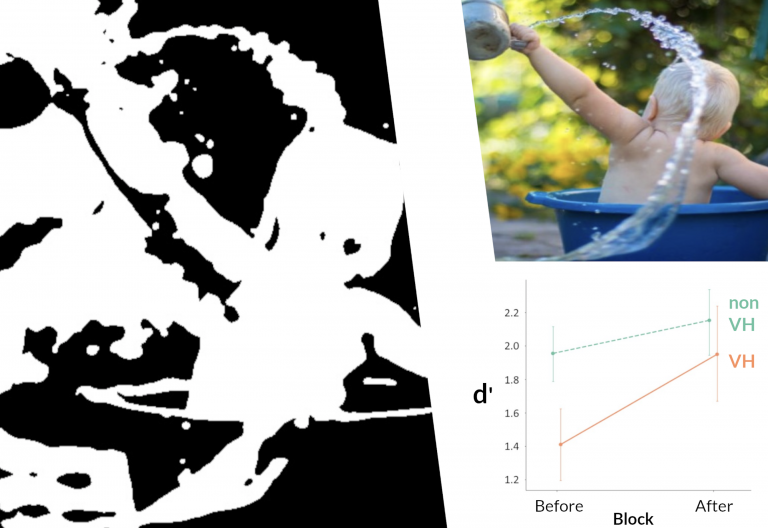People with hallucinations in Lewy Body disease show higher dependence on prior knowledge
5 August 2019
People with Lewy Body Disease (LBD) with visual hallucinations process visual information differently – they place more weight on their prior knowledge than sensory evidence – compared to people with LBD without hallucinations and controls, the study shows.

In addition, the study found that the more severe the hallucinations, the higher the increased reliance on prior knowledge.
Lead author, Dr Angeliki Zarkali (from UCL Queen Square Institute of Neurology), said: “Hallucinations are a very common symptom, affecting up to 80% of people with LBD and is one of the most distressing aspects of the disease.
“It is associated with worse outcomes, yet we do not fully understand how hallucinations occur and there are no effective treatments to date. To better understand hallucinations, we used a framework called predictive coding, where any visual percept is considered the combination of sensory evidence, information from our eyes, and prior knowledge, expectations, memories, context – from higher brain areas.”

The research showed that people with LBD and visual hallucinations improved more after providing them with prior knowledge. than those without hallucinations and controls
“Our results show that prior knowledge and expectations are weighted relatively more than sensory evidence in those patients and given important insights to how hallucinations are produced in the LBD.
“People with LBD and visual hallucinations weight prior knowledge more with increased influences from higher cortical areas; this is important for understanding where hallucinations come from, a necessary step to developing effective treatments,” said Dr Angeliki Zarkali.
Also, they found that the more severe the hallucinations, the more people improved on the task with prior knowledge; therefore, visual tasks such as the one the study used could be used to detect or monitor hallucinations.
“Visual learning tests, like the one used in this study could help identify and monitor patients with LBD-hallucinations in future studies,” said Dr Angeliki Zarkali.
Links
Image
Inserted image shows the stimuli the study used (in black and white), the template image used to create the stimulus (colour) and a graph of the study's most important result.
 Close
Close

